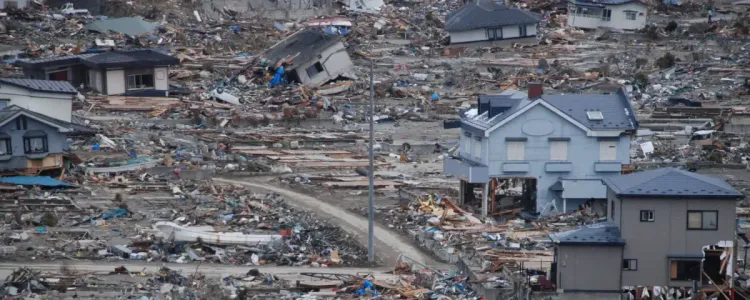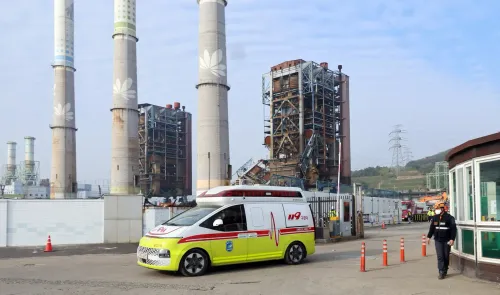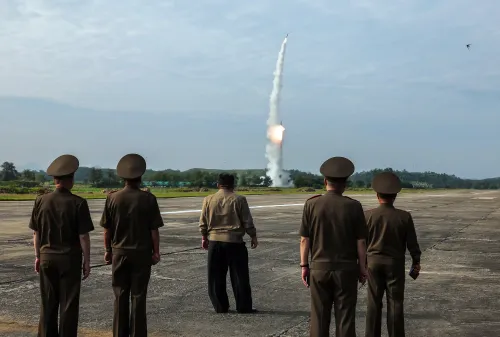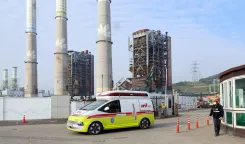Japan Commemorates 14 Years Since the Great East Japan Earthquake and Tsunami

Synopsis
Key Takeaways
- Japan marks the 14th anniversary of the Great East Japan Earthquake.
- Prime Minister Ishiba emphasizes disaster preparedness.
- Approximately 20,000 people were lost in the 2011 disaster.
- The Fukushima nuclear disaster still affects local communities.
- Reconstruction efforts in Tohoku and Fukushima remain a priority.
Tokyo, March 11 (NationPress) On this day, Japan commemorates the 14th anniversary of the devastating earthquake and tsunami that struck the nation in 2011, which also sparked a nuclear disaster that continues to impact the area.
At a memorial service organized in Fukushima Prefecture, home to the damaged Daiichi nuclear power plant, Prime Minister Shigeru Ishiba extended his sympathies and committed to positioning Japan as a global leader in disaster preparedness, according to local reports.
“We will utilize the lessons learned from this catastrophe to enhance our disaster response and improve our preparedness strategies,” Ishiba stated.
When the triad of disasters unfolded 14 years ago, countless individuals were displaced from their residences. The nation, prone to natural disasters, has since implemented measures to improve its readiness for such events, including the management of evacuations and the restoration of affected regions, as reported by Kyodo News.
On March 11, 2011, Japan experienced an earthquake and tsunami of unparalleled severity. The Great East Japan Earthquake registered a magnitude of 9.0, marking it as the greatest ever recorded in Japan’s history.
The earthquake and subsequent tsunami impacted the Pacific coastline of the Tohoku and Kanto areas with such catastrophic force that it irrevocably altered the coastal landscape.
In that year, the toll of dead and missing persons due to the earthquake was estimated at around 20,000, with over 350,000 homes and other structures either entirely or partially destroyed.
Furthermore, the damage inflicted on the Fukushima Daiichi Nuclear Power Station by the earthquake and tsunami resulted in a severe nuclear incident, compelling numerous residents from surrounding areas to evacuate long-term, as stated by Japan's Ministry of Foreign Affairs.
Recently, Prime Minister Ishiba convened the 42nd meeting of the Reconstruction Promotion Council and the 65th meeting of the Nuclear Emergency Response Headquarters at the Prime Minister's Office. The discussions revolved around the current reconstruction status following the nuclear disaster and other pertinent topics.
Following the discussions, the Prime Minister's Office declared, “As we approach the 14-year mark since the Great East Japan Earthquake, our Cabinet prioritizes the reconstruction of Tohoku and Fukushima post-nuclear disaster as a key focus.”
“In late last year, I visited a Difficult-to-Return Zone in Futaba Town and witnessed the lingering scars from the earthquake and nuclear catastrophe firsthand. Observing the overgrown flora and abandoned buildings, I reflected on the deep hopes of residents wishing to return home, who still endure evacuation,” the statement continued.
“Without the restoration of Fukushima, there can be no revival of Tohoku. And without the revival of Tohoku, there can be no resurgence of Japan. We must ensure this disaster does not fade into memory. With the firm resolve that all ministers are ministers for reconstruction, I urge you to accelerate reconstruction efforts,” it concluded.








